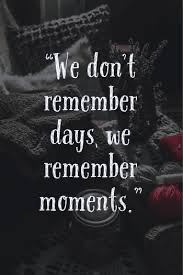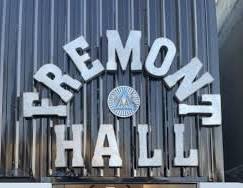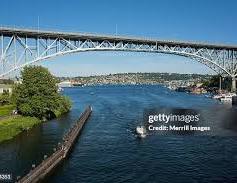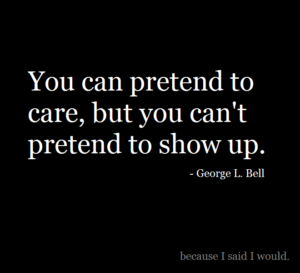On the 14th of June of this year, 2025, God willing, I will complete my 40th year of sobriety.
I thought during the coming weeks and months I’d share a few memories of sobriety with you.
One of my first and most memorable moments occurred at the old Fremont Hall with a woman I came to know as Helen B., who chaired the late night meeting there.
She had grown up in Montana during the Depression, lost her parents early, and been on her own since she was 15.
During the war years she worked on the waterfront on ships bound for the South Pacific.
She described herself as a woman who did the work of three men.
But after the war she:
- lost her job,
- found the bottle,
- had a baby,
- became a drifter.
She only hit bottom when the courts forced her to decide between her baby or the bottle.
She chose her baby.
She went on to sober up through AA, earn a nursing degree, and do service work at Fremont Hall.
When I met her she was 25 years sober ………….. I had six months.
Fremont opened its doors in 1947 and became a legendary meeting hall for good sobriety.
What the Mustard Seed was to AA in Chicago, Fremont Hall was to Seattle.
The hall was located a block from the Lake Washington Ship Canal in the shadow of the Aurora Bridge.
For more than thirty years it stood as a beacon of hope in the face of a grimmer reality. The Aurora Bridge was the place many desperate people chose to end their lives.
SEATTLE, Jan. 27, 2007 — The Aurora bridge in Seattle is becoming hazardous to the mental health of the office workers below, who keep seeing people jump to their deaths. ~ The New York Times
What the Golden Gate Bridge is to San Francisco, the Aurora Bridge is to Seattle, a fact not lost on those who attended Fremont meetings.
Fremont became the final off-ramp for many on the road to ruin.
In my early days of sobriety I struggled with sleep.
Often I’d awaken from a nightmare in desperate need of someone to talk to. So I was grateful for those late night Fremont meetings. It was where I could meet up with others who were — Sleepless in Seattle.
When I showed up at the hall, it would invariably be Helen who’d greet me, sitting at the front of the table, preparing to chair a meeting.
On one of those late nights I witnessed a truly miraculous event.
It was just before midnight and we had just finished the reading of “How It Works” when a young, disheveled woman appeared at the door with someone I identified as a meeting regular.
Helen said nothing, just continued the meeting as she normally did.
Then toward the end she did something that surprised us all.
She walked over to the disheveled young woman, put her arms around her, and held her for several minutes.
They both were crying.
She then walked back to her seat and asked the young woman if she’d like to share.
She did!
She said, “My name is Lisa and I am an alcoholic.”
She then shared a story sounding remarkably similar to that of Helen’s.
One miserable story after the next:
- near fatal events
- lost days, lost nights
- bouts of deep depression
— ending with her visit to the Aurora Bridge.
Just as she had been making up her mind to jump, Marie, an old family friend, drove by.
She recognized Lisa, stopped her car, turned on her emergency lights and immediately engaged Lisa in conversation.
Soon she persuaded her to get in the car and come with her to Fremont.
The thing that made this event so touching was — Lisa was Helen’s daughter.
A daughter she hadn’t seen for ages.
This story has a happy ending. Lisa got sober, reconciled with her mom, and went on to marry and have a family.
The last time I checked she had 30 years of sobriety.
Helen died with the knowledge that she’d been there for her daughter:
- at the right place
- at the right time
- with the right message
Helen was well-practiced at showing up. She’d been doing so for years — for others.
So when her daughter needed her, Helen could be easily found. She had been patiently waiting.
Oh, the miracles in life we make happen by simply showing up.
Just a thought…
Pat







